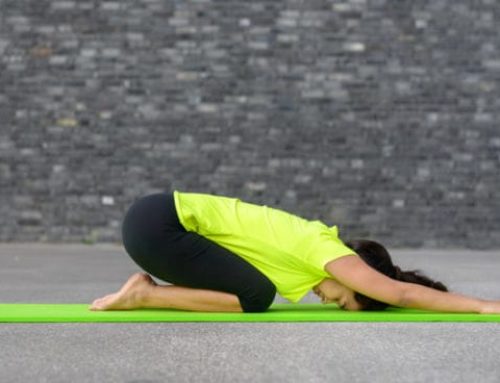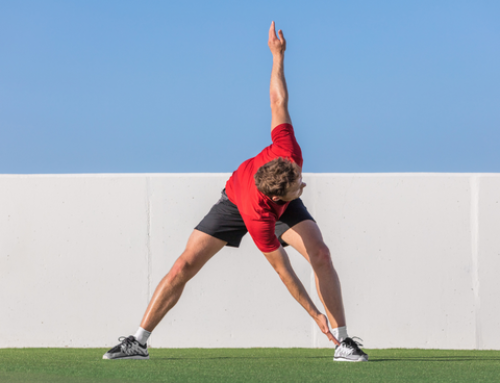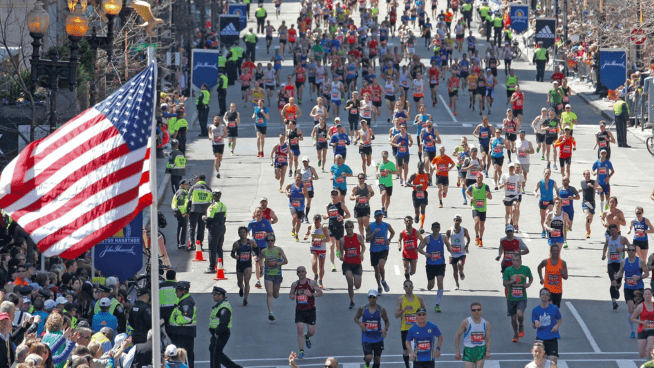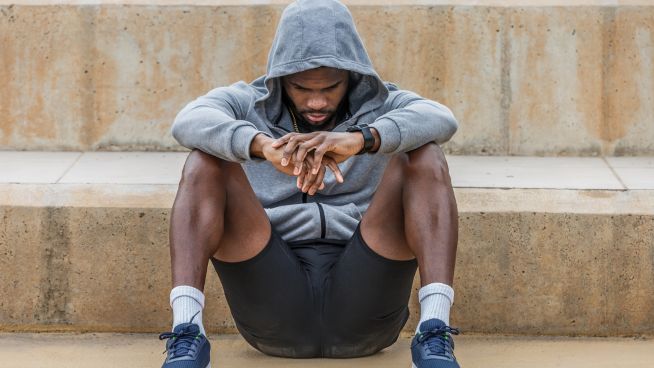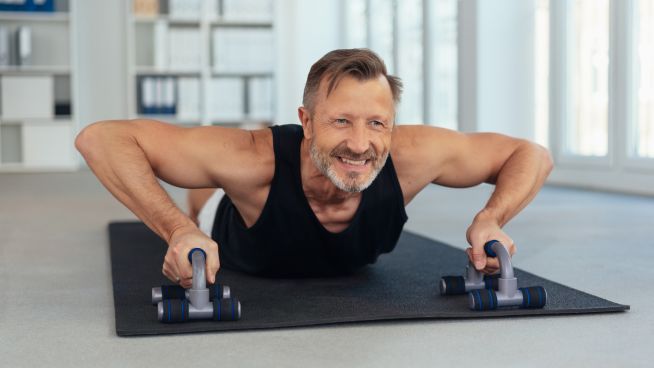Improve T-Spine Mobility to Stay Healthy and Improve Performance

Pitchers need a mobile t-spine
To solve your t-spine mobility problems, you first have to understand its role in the body before beginning a training session.
Why is Mobility Important?
Mobility is often confused with flexibility, which is a devastating mistake in athletics. Flexibility refers to the range of motion that a muscle can achieve. It is a component of mobility, which also encompasses joint range of motion and stability. To illustrate the difference, let’s perform a few tests.
Lie on your back with your legs straight. Raise raise one leg as far as you can. You’ve just tested your hamstring flexibility. Now, stand up, reach down and touch your toes. Keeping your fingertips in contact with the ground—if you can get that low—pull yourself into a deep squat position. You’ve just tested your squat pattern mobility.
Mobility is multi-joint, multi-muscle and dependent on how well you can control movement. Mobility is exponentially more important than flexibility because flexibility does not imply control.
Why is the T-Spine Important?
The t-spine is located in what’s commonly known as the upper- and mid-back, spanning the distance between the neck and lower back. It has twelve vertebrae with a joint above and below each. T-spine alignment determines how the shoulder blades rest on the rib cage and, subsequently, how well the shoulders move.
The thoracic spine must be mobile. A rigid t-spine creates problems at both ends of the chain. As mentioned above, the t-spine affects the shoulders, low back and hips. When the t-spine is immobile, the body compensates by making typically stable joints more mobile. The prime example is the lumbar spine. A hypermobile (excessively mobile) lumbar spine causes lower-back pain and starts a cascade of problems throughout the body.
These days everyone sits a lot—including athletes. Hours spent at the computer or watching TV make a supple upper back very stiff, turning the t-spine into a pillar. This is bad news for any athlete.
T-Spine Mobility Exercises
The goal is to get the t-spine to rotate well. Examples are when reaching for a rebound (extension) and throwing a baseball (rotation).
Before improving upper-back movement, it helps to improve upper-back muscle quality. For ideas on how to improve upper-back soft tissue quality, check out this article.
Athletes should train thoracic mobility every day. On training days, include the mobility drills below in your warm-up. If a training day includes a lot of heavy upper-back work, complete t-spine mobility exercises at the end of the session.
On off days, perform drills intermittently throughout the day. Include t-spine mobility in a recovery circuit, or do them during commercials while watching TV. If you’re be spending a lot of time at the computer, take breaks every hour to roll and move your upper-back.
Below are my two favorite exercises for training extension and rotation of the thoracic spine.
Bench Thoracic Extensions
Quadruped Thoracic Extension Rotations
Video credit: tonygentilcore.com
RECOMMENDED FOR YOU
MOST POPULAR
Improve T-Spine Mobility to Stay Healthy and Improve Performance

Pitchers need a mobile t-spine
To solve your t-spine mobility problems, you first have to understand its role in the body before beginning a training session.
Why is Mobility Important?
Mobility is often confused with flexibility, which is a devastating mistake in athletics. Flexibility refers to the range of motion that a muscle can achieve. It is a component of mobility, which also encompasses joint range of motion and stability. To illustrate the difference, let’s perform a few tests.
Lie on your back with your legs straight. Raise raise one leg as far as you can. You’ve just tested your hamstring flexibility. Now, stand up, reach down and touch your toes. Keeping your fingertips in contact with the ground—if you can get that low—pull yourself into a deep squat position. You’ve just tested your squat pattern mobility.
Mobility is multi-joint, multi-muscle and dependent on how well you can control movement. Mobility is exponentially more important than flexibility because flexibility does not imply control.
Why is the T-Spine Important?
The t-spine is located in what’s commonly known as the upper- and mid-back, spanning the distance between the neck and lower back. It has twelve vertebrae with a joint above and below each. T-spine alignment determines how the shoulder blades rest on the rib cage and, subsequently, how well the shoulders move.
The thoracic spine must be mobile. A rigid t-spine creates problems at both ends of the chain. As mentioned above, the t-spine affects the shoulders, low back and hips. When the t-spine is immobile, the body compensates by making typically stable joints more mobile. The prime example is the lumbar spine. A hypermobile (excessively mobile) lumbar spine causes lower-back pain and starts a cascade of problems throughout the body.
These days everyone sits a lot—including athletes. Hours spent at the computer or watching TV make a supple upper back very stiff, turning the t-spine into a pillar. This is bad news for any athlete.
T-Spine Mobility Exercises
The goal is to get the t-spine to rotate well. Examples are when reaching for a rebound (extension) and throwing a baseball (rotation).
Before improving upper-back movement, it helps to improve upper-back muscle quality. For ideas on how to improve upper-back soft tissue quality, check out this article.
Athletes should train thoracic mobility every day. On training days, include the mobility drills below in your warm-up. If a training day includes a lot of heavy upper-back work, complete t-spine mobility exercises at the end of the session.
On off days, perform drills intermittently throughout the day. Include t-spine mobility in a recovery circuit, or do them during commercials while watching TV. If you’re be spending a lot of time at the computer, take breaks every hour to roll and move your upper-back.
Below are my two favorite exercises for training extension and rotation of the thoracic spine.
Bench Thoracic Extensions
Quadruped Thoracic Extension Rotations
Video credit: tonygentilcore.com

